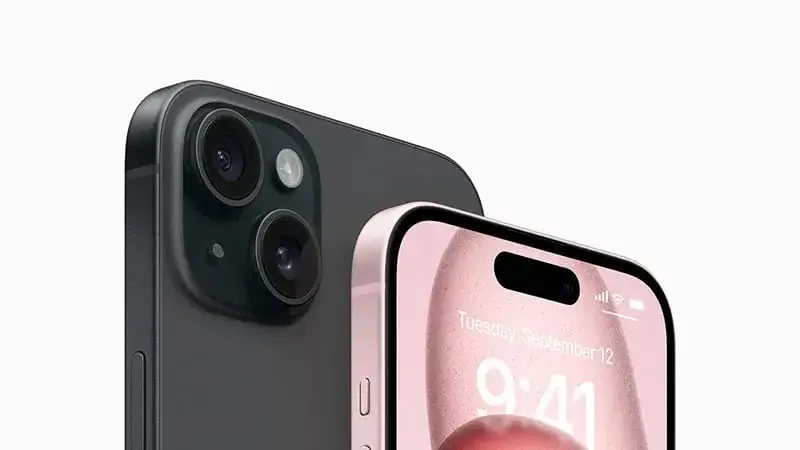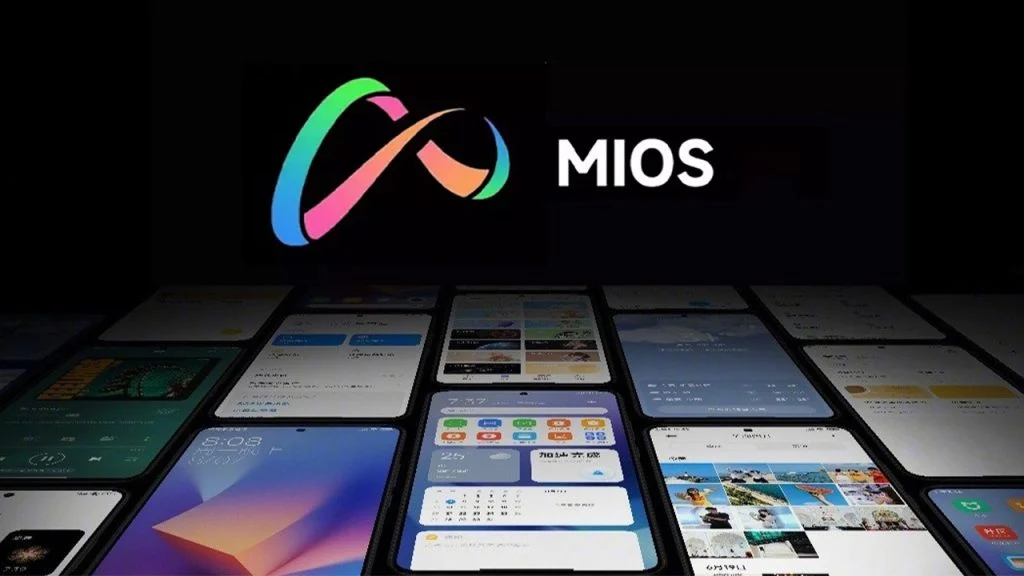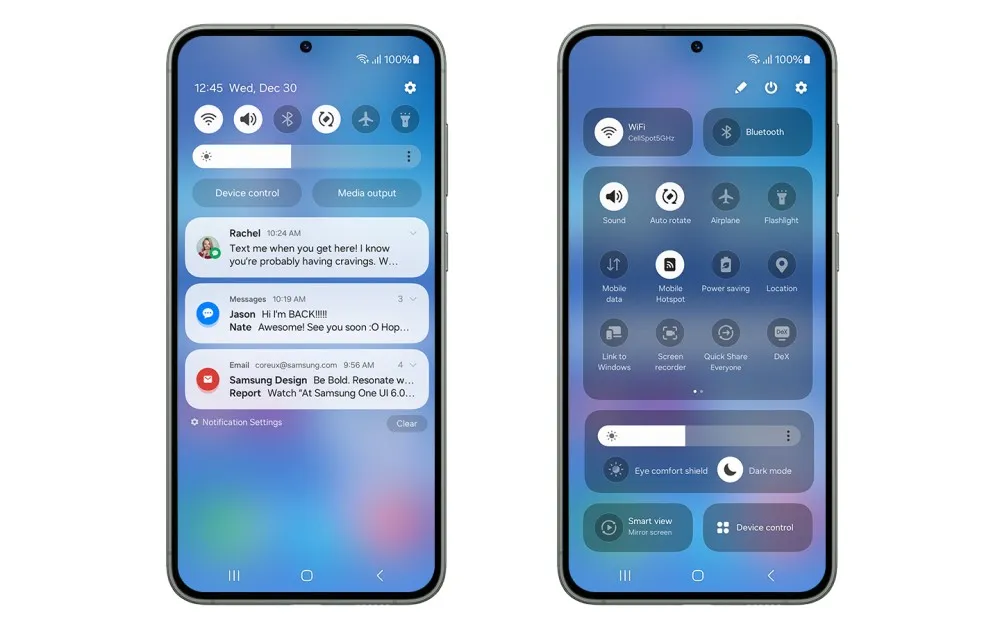Apple's iPhone 16 Series Rumored to Maintain 60Hz Display Refresh Rate
The highly anticipated iPhone 16 series from Apple has sparked considerable discussions, albeit not entirely for the reasons the tech giant might have hoped for. Speculation suggests that both the iPhone 16 and 16 Plus models will persist with a 60Hz display refresh rate, falling short of the 120Hz standard prevalent in numerous other flagship smartphones.
Underwhelming Displays in Non-Pro iPhone 16 Models
Apple's choice to retain the 60Hz refresh rate has been a point of interest since the debut of the iPhone 15 series, which also embraced the same refresh rate. Despite advancements like the Dynamic Island design in recent iterations, Apple appears reluctant to enhance the refresh rate in its non-Pro iPhone offerings.
Leaks from various sources, including South Korean tech site Naver and Twitter leaker @Tech_Reve, hint that the iPhone 16 series is unlikely to witness an improvement in this domain. Additionally, display analyst Ross Young foresees that Apple might only introduce high-refresh-rate screens to its base models by 2025.
https://twitter.com/Tech_Reve/status/1726136966885056520
Display Sizes and Refresh Rates
Reports suggest that the iPhone 16 lineup will sport a 6.12-inch display for the standard model and a 6.69-inch display for the Plus version. Conversely, the Pro models are expected to feature slightly larger screens with 120Hz refresh rates, aligning with the prevailing trends for current flagship smartphones.
Trailing the Competition
Apple's decision to stick with a 60Hz refresh rate comes as a surprise, especially when competitors like Samsung and Google have already embraced higher refresh rates in their flagship offerings, including budget-friendly options like the Pixel 7a. Some Moto devices even tout 144Hz displays in the mid-budget segment. The persistence of the 60Hz refresh rate in premium models like the iPhone 16 and 16 Plus distinguishes them from the current smartphone landscape. While a 60Hz refresh rate is not inherently flawed, it noticeably lags behind the norm seen in recent top-tier devices.
The hesitation to upgrade the refresh rate might be influenced by factors such as cost and potential battery life implications. Nevertheless, it stands as a significant point of debate for users anticipating a smoother and more responsive user experience from new releases. As the industry progresses towards sleeker and more dynamic displays, Apple's decision to maintain a 60Hz refresh rate in its upcoming models could be viewed as trailing its rivals.
Source: 1



